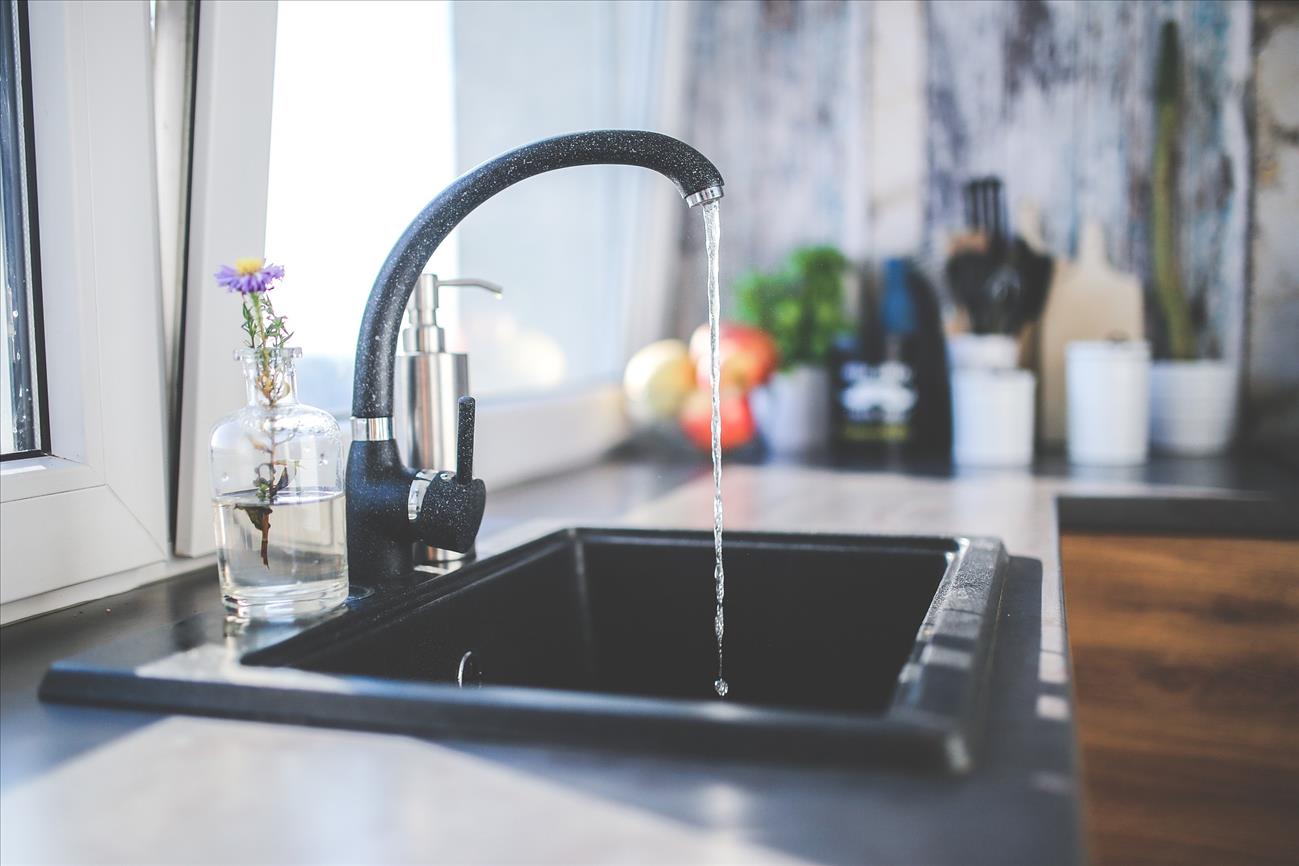Kitchen Faucet Styles
Before dipping into the faucet replacement project itself, let's go through the style options available in the market today. This will help you figure out which style would suit your preference, your kitchen's design, and your practical needs.
1. Pull-Out Faucet
Pull-out faucets save space and provide a greater range of motion since they have removable heads. These often feature a regular flow or a spray option and may be quickly maneuvered to clean hard-to-reach sections of the sink. These often feature a steady flow or a spray option and may be easily maneuvered to clean hard-to-reach areas of the sink.
2. Pull-Down Spout Faucet
With their distinctive goose-neck spouts, these faucet styles have grown in popularity. Pull-down faucets make dishwashing easier by bringing water to pans and pots. A pull-down faucet has a fixed head that is pushed inwardly; however, it does not have the same range of motion as a pull-out faucet.
3. No Touch Faucet
A little built-in sensor triggers the water flow when a pot or a hand is placed in front of these faucets. They are widely used in public restrooms, but they may also be helpful in the kitchen for cleaning raw meat and other foods that may contain hazardous bacteria.
Considerations When Replacing a Kitchen Faucet
Several factors must be considered before replacing the kitchen faucet. According to an expert Denver plumber, these are:
1. Handle Design
There are several kitchen faucets on the market, each with unique features and costs. For instance, a single-handle faucet is handier and allows for more significant movement. It's simple to switch on and off by using your elbow tip. Meanwhile, two-handle faucets are fashionable but should be utilized in the bathroom rather than the kitchen due to their hot and cold water options.
2. Faucet Design
When changing a kitchen faucet, the right design may be chosen from three options. The first is a conventional style with ornate moldings that matches classic and warm kitchens with wood tones, natural stone, and creamy whites.
The second design is the modern kitchen faucet, which focuses on minimalist forms and modest color changes. This faucet design may successfully bring style to a variety of modern kitchens.
The installation of a transitional kitchen faucet is neither modern nor classic. This third kitchen faucet design style is great for homeowners who want to be trendy but not overly so in their kitchens. Gentle, rounded shapes distinguish the transitional style and successfully incorporates elements from both classic and modern designs.
3. Kitchen Sink Holes
Replacing a kitchen faucet should be done while keeping the number of holes in the sink in mind. This is frequently dependent on the sort of faucet you have. Single-handle kitchen faucets, for example, typically feature only one hole in the sink; however, some versions include a cover plate that conceals the other holes.
4. Faucet Height
Aesthetics and utility frequently determine the appropriate faucet height. A larger faucet can improve the appearance of your kitchen, but it may not work if there is a shelf over the sink. Meanwhile, a three-bowl kitchen sink may seem distinctive, but water may only reach some of the basins if the spout is longer.
5. Price
When changing a kitchen faucet, you must consider the style, color, and how the fixture will integrate into the kitchen. This may impact the budget you've set aside to buy a new faucet. Price will be the deciding factor in this scenario, but don't worry because many kitchen faucets are available at price ranges that meet your budget and can be incredibly dependable.
6. Additional Features
Modern faucets in many kitchens have features such as a built-in filtration system. These work on eradicating hazardous bacteria and particles in water, ensuring that it is clean and safe for your daily usage.
Another innovative feature that many faucets now have is the spray option. Depending on your needs, you may smoothly convert the water flow from the usual spray mode to a streaming feature.
7. Finishing
One of the most crucial kitchen design elements is the faucet finish. While trends come and go, particular faucet finishes remaining ageless. When changing a kitchen faucet, ensuring that the finish matches your cabinet hardware, kitchen walls, and other accessories is critical.
Most faucets are now available in polished chrome, satin nickel, and bronze. Chrome is long-lasting and straightforward to clean, but nickel finishes, such as "brushed," "satin," and "stainless," are dull yet lustrous. Meanwhile, bronze faucets are recognized for their brownish tones and are frequently referred to as "oiled" or "rubbed."
Key Takeaway
When changing a kitchen faucet, several factors must be addressed. The price is the most significant consideration, but the design and finishing touch are equally vital because they should complement your kitchen style and your distinctive personality. Aside from this, there's the handle style and features like spray choices to consider to make your new kitchen faucet great. It's also important to employ the help of professional and reliable plumbing companies to ensure proper installation.
Are You a Professional?
Requests for your services are coming in left and right. Let’s connect and grow your business, together.


